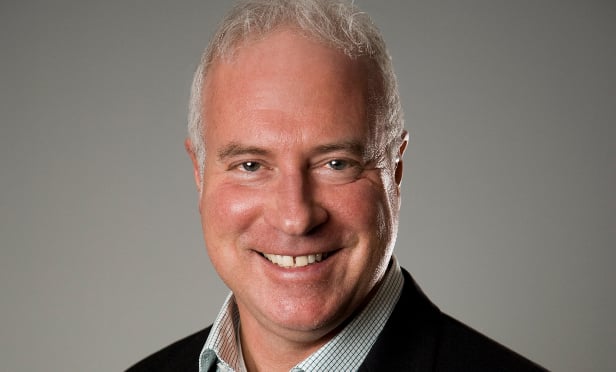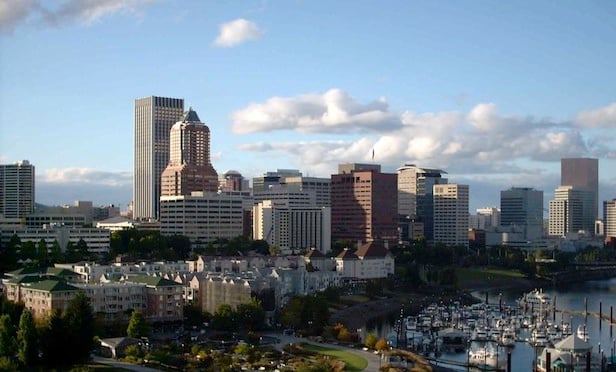IRVINE, CA—Gentrification has a radiating effect on the region being revitalized as well as the neighboring areas. It also has a significant impact on the type of retail that's drawn to the region. GlobeSt.com spoke with Peter Muoio, chief economist at GlobeSt.com: What impact has gentrification in various markets had on retail real estate development? Muoio: There's not a lot of retail development going on right now, so it's hard to say how anything is having an impact or affecting retail development. But there are many examples of gentrification's impact in the recent past. The Gaslamp District in San Diego is a good example. One of the megatrends going on is the return to increased safety of our core cities, and that's changing the retail landscape. Another megatrend is travel, which has become an increasingly important part of consumer spending. The recovery in hotels and motels has been remarkably strong, and it's part of the Millennial generation's zeitgeist. They're willing to live in a smaller urban apartment and travel often to urban areas, so there's retail tied into foreign travel and also just urban travel that feeds into retail spending. The meatpacking district in New York used to be horrible and is now a hot retail center. GlobeSt.com: But this is not just impacting the Millennials, right? Muoio: No. If you talk gentrification as a broader term for urban renaissance and recognize that as a megatrend, you have to recognize the other big age cohort out there: the Baby Boomers. The older narrative of them retiring to a house in Florida or Phoenix and doing the snowbird thing is being supplemented with them downsizing into the urban-like core. More of the people I know—and even somewhat older—are selling the suburban house they raised their kids in and buying apartments in the city. And naturally the combo of the two age cohorts expressing interest in urban life and living is also helpful for retail. GlobeSt.com: It seems like what's happening with the Millennials and retail is similar to what's happening with this cohort and office. Correct? Muoio: Yes, it's interesting. The two property segments most similar from pre- to post-recession are retail and office. There are similarities with regard to technology (e-commerce for retail and the work-from-home/laptop mentality for office) that have slowed these sectors' recovery, but there's been a much bigger pickup in the sales volume of retail property vs. the sales volume in office property. The question is why, since the challenges to retail from e-tail are larger in magnitude than office's challenges. GlobeSt.com: So, what type of retail real estate development are we seeing as a result of gentrification and the recovery? Muoio: If you dive down under all the retail transactions data from Real Capital Analytics, the segment that's had the biggest run-up in transactions is urban storefront. This segment is at record levels relative to before the recession. It's experiential retail. If I just need “stuff,” I'm going to Amazon, but if I'm downtown visiting a city or just walking around, I'll stop into those kinds of stores that are more experiential. It's part and parcel of my fun. There's interest in that kind of retail property.”Recommended For You
© 2025 ALM Global, LLC, All Rights Reserved. Request academic re-use from www.copyright.com. All other uses, submit a request to [email protected]. For more information visit Asset & Logo Licensing.






